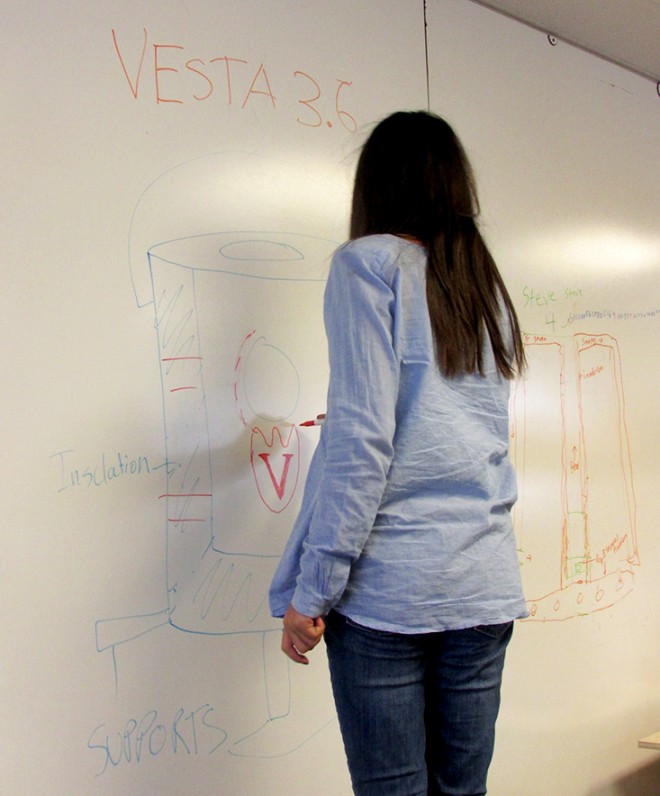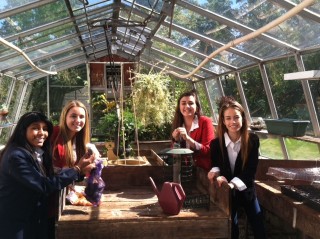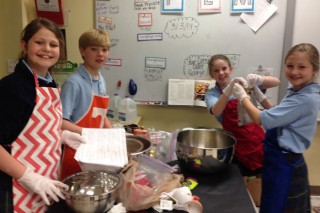In an elective, Mark Day School Upper Division students learned that engineering the right product means respecting the process and really listening to your users.
In fall 2014, “tinkerer in residence” David St. Martin presented the 7th and 8th grade students in his fabrication class with statistics about the impact of inefficient cooking stoves on health and the environment in developing countries. He says, “We started experimenting with making an efficient, smoke-free burn, using simple materials—sheet metal, paint cans, and different types of insulation.”
When she learned of the project, Director of Global and Special Programs Fernanda Pernambuco contacted our partner organization in Johannesburg, Kliptown Youth Program, to get input on what would make an ideal stove. KYP students live in homes largely without services like gas or running water. KYP Director Thulani Madondo sent a video of one student’s home to show Mark Day School students how and where a stove would be used. “It became clear,” says David, “that for them, the problem was less about indoor air quality and more about efficiency and reducing danger.” The stoves need to burn wood, and although smoke is a problem indoors, the real issue was heat: In a small space, with young children, a hot stove presents a danger.
With the needs of potential real users now in mind, our students went to work devising, revising, constructing, and reconstructing prototypes. They learned about the chemistry of wood burning and what different colors of smoke indicate, heat conduction and insulation, and how different shapes would affect the function. “We settled on a proven rocket mass heater design,” he says, “and started working on a full-size prototype. It’s a big project! Next year we will remake it with improvements to the airflow and insulation.”
A group of KYP educators and students will visit Mark Day School in October, and at that time, says David, “We hope to get real-world feedback.”



